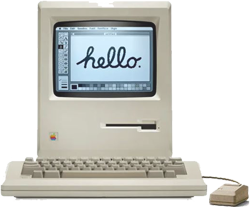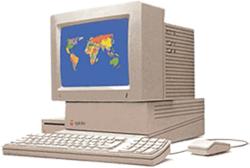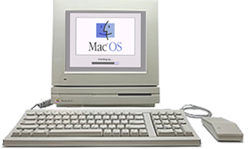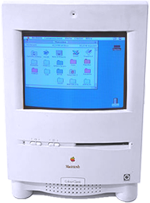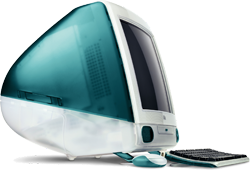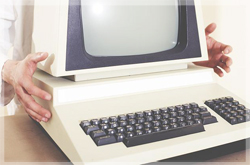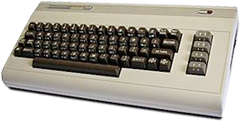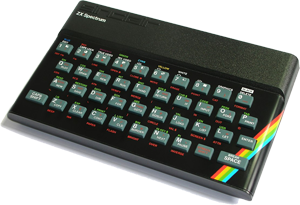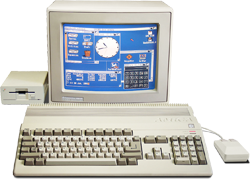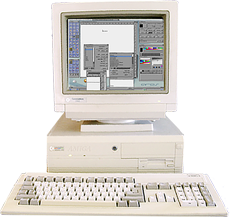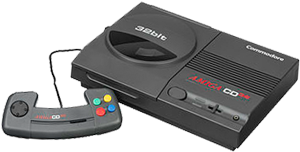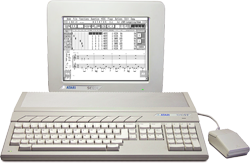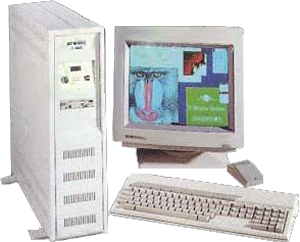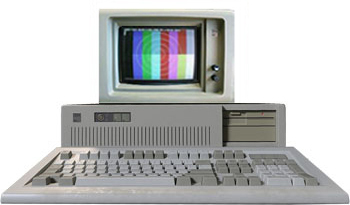The Power of Vintage
Atari Falcon
Atari Falcon 030 – The Talented Home Micro
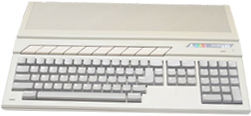
Released in 1992, the Atari Falcon 030 was the final home computer developed by Atari, and arguably its most advanced. The Falcon featured a 32-bit CPU, the powerful Motorola 56001 DSP as a co-processor, 24-bit graphics, and high-fidelity 16-bit audio with 8 stereo PCM channels. Despite its impressive hardware, the Falcon struggled in the market, facing stiff competition from the more affordable Commodore Amiga 1200. Production of the Falcon ceased in 1993 when Atari shifted its focus entirely to the Jaguar gaming console. In 1995, the German company C-Lab licensed the Falcon technology and released Falcon Mk I, Mk II, and Mk-X.
- In the UK, the Falcon was priced at £599 (with 1MB RAM) and £999 (with 4MB RAM and a 65MB hard disk)
- Production numbers are estimated at 29,000 Falcon 030 units and around 10,000 C-Lab Falcon units
MT-32 Midi
Roland MT-32: The Orchestra Inside Your Computer
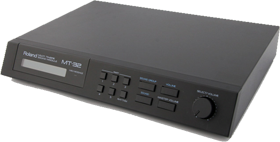
Launched in 1987 by Roland Corporation, the MT-32 Multi-Timbre Sound Module brought high-quality MIDI music to personal computers. As the de facto standard for PC game audio in the early '90s, the MT-32 was supported by hundreds of games across platforms such as IBM PC, Atari ST, Commodore Amiga, Apple Macintosh, Apple IIGS, NEC PC-8800/PC-9800, and Sharp X68000.
- Its cinematic, orchestral-quality sound made it a favorite for titles from Sierra On-Line, Lucasfilm Games, and many others
- In 1987, the MT-32 retailed for $695—around $1,700 in 2023 dollars
Amstrad CPC
Amstrad CPC — The European Home Computer Classic
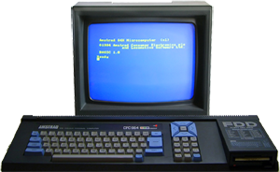
Launched in 1984 and produced until 1990, the Amstrad CPC (Colour Personal Computer) was a series of Z80-based 8-bit home computers that played a key role in shaping the European computing scene. Competing with the likes of the ZX Spectrum and Commodore 64, the CPC line carved out a strong following, especially in France, the UK, and Germany.
- The CPC series, particularly the CPC 464 and CPC 6128, enjoyed significant commercial success, thanks to their all-in-one design, robust software support, and multimedia capabilities.
- In 1990, Amstrad introduced the CPC Plus range with enhanced graphics and stereo sound. However, by then, the 16-bit era had arrived, and the upgrade came too late to make a major impact.
Amiga 3000
Amiga 3000 — The Dream Machine of the Early ’90s
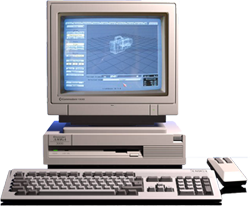
Released in 1990, the Commodore Amiga 3000 was a high-end, 32-bit business-class computer, powered by the Motorola 68030 CPU and 68882 math co-processor. Featuring the Enhanced Chip Set (ECS), AmigaOS 2.0, and a built-in VGA display enhancer, the A3000 represented the pinnacle of the Amiga line before the arrival of the AGA chipset. Fully backward-compatible with earlier Amiga systems, A3000 quickly became the dream system for dedicated users, with the notable exception that it could not run AGA software.
- Initially priced at $3,379 (roughly $7,500 in 2023 money)
- Only around 30,000 desktop units and 8,000 A3000T tower versions were ever produced, making it a relatively rare and sought-after model
Atari STE
"The Artistic Alter Ego of the Atari ST"
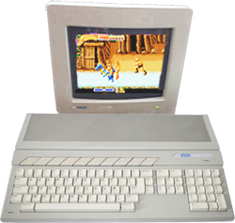
Released in late 1989, the Atari STE was a multimedia-enhanced evolution of the popular Atari ST line. While it retained the same Motorola 68000 CPU, the STE introduced significant hardware upgrades, including enhanced graphics, a 4,096-color palette, PCM stereo sound, and a new TOS operating system.
- Priced at $499 at launch (around $1,170 in 2023 money), the STE offered outstanding value
- It’s estimated that 1 million STE units were sold worldwide
Page 4 of 10








